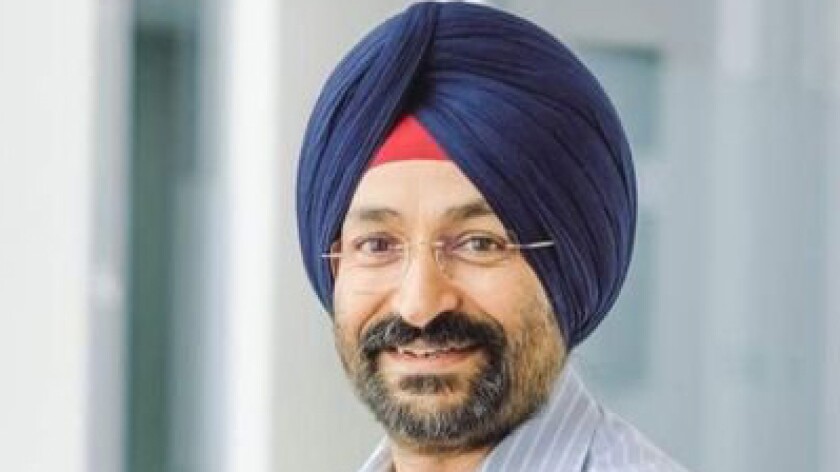The company, which has 355 million customers, said it reached the speeds in trials between Chandigarh and Mohali, using test spectrum in the 3500MHz.
Randeep Sekhon (pictured), CTO of Bharti Airtel, said: “This is a major milestone for the open RAN ecosystem in India, and yet another validation of the growing readiness of 5G networks based on open architecture.”
Airtel’s partner in the trial was Mavenir, which supplied cloud-native software.
BG Kumar, Mavenir’s president of communication services, said: “This partnership with Airtel has given impetus to [the] open RAN ecosystem. Mavenir is committed to the India market with its continued investments towards development of cutting-edge technologies at R&D centres across India.”
Mavenir said that open virtual RAN (open vRAN) “brings network elasticity, eliminates vendor lock-in and enables Airtel to leverage virtualization, and web-scale containerization to support an ‘any cloud’ deployment scenario”. The company said it used open interfaces as defined by O-RAN Alliance for the Airtel trial.
Airtel has been a board member since the beginning of the O-RAN Alliance, which now has more than 300 members – telecoms operators, vendors and research and academic institutions. Airtel was the first operator in India to commercially deploy an open virtual RAN solution based on disaggregated and open architecture defined by the O-RAN Alliance.
Airtel is the second biggest of the big three operators in India, behind Reliance Jio’s 428 million, as reported by the Telecom Regulatory Authority of India (Trai) earlier this year. Vodafone Idea (Vi) had 267 million in the same report.
Airtel also owns mobile operators in Africa and its parent company – controlled by Sunil Bharti Mittal – is the biggest shareholder in the OneWeb satellite project.






